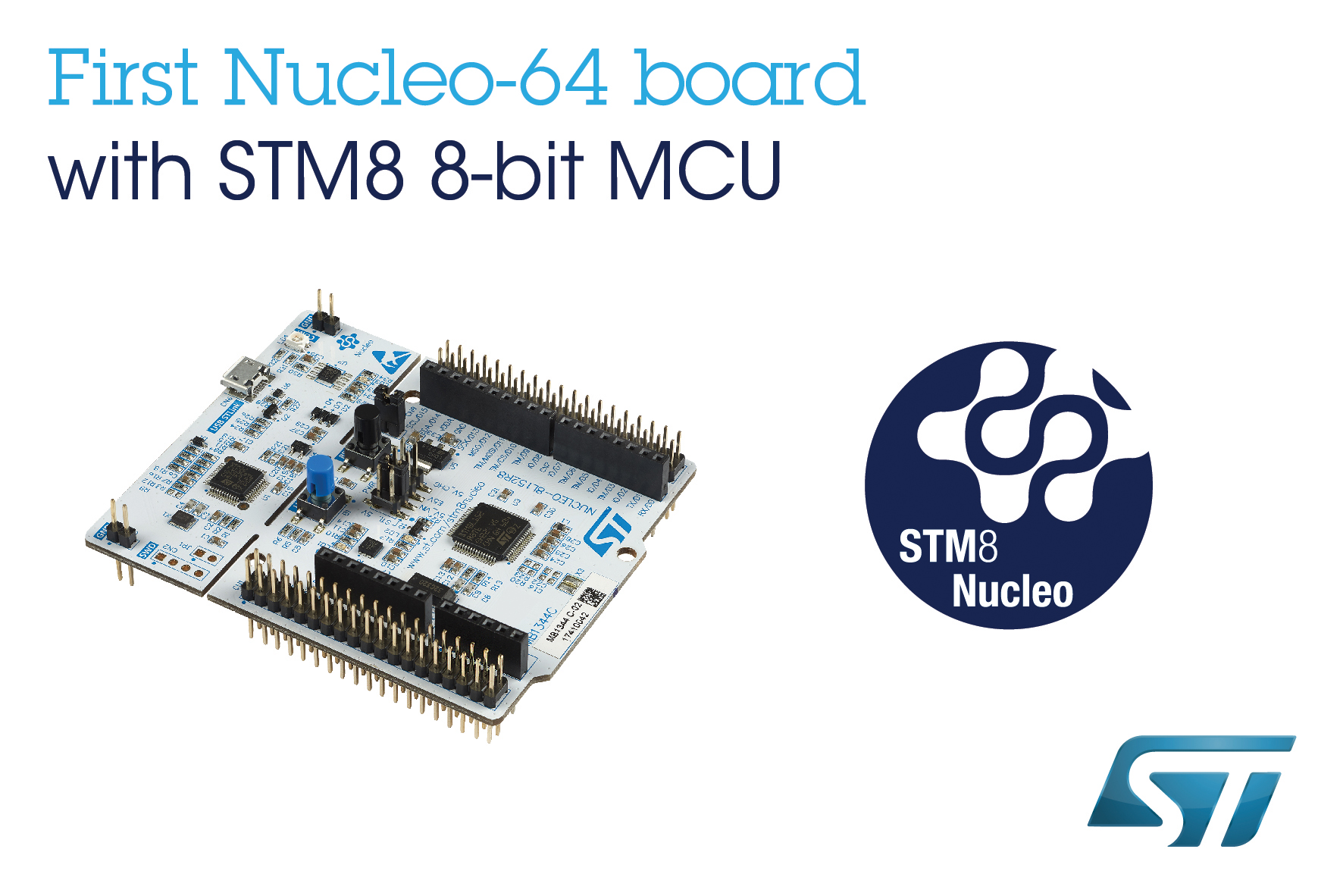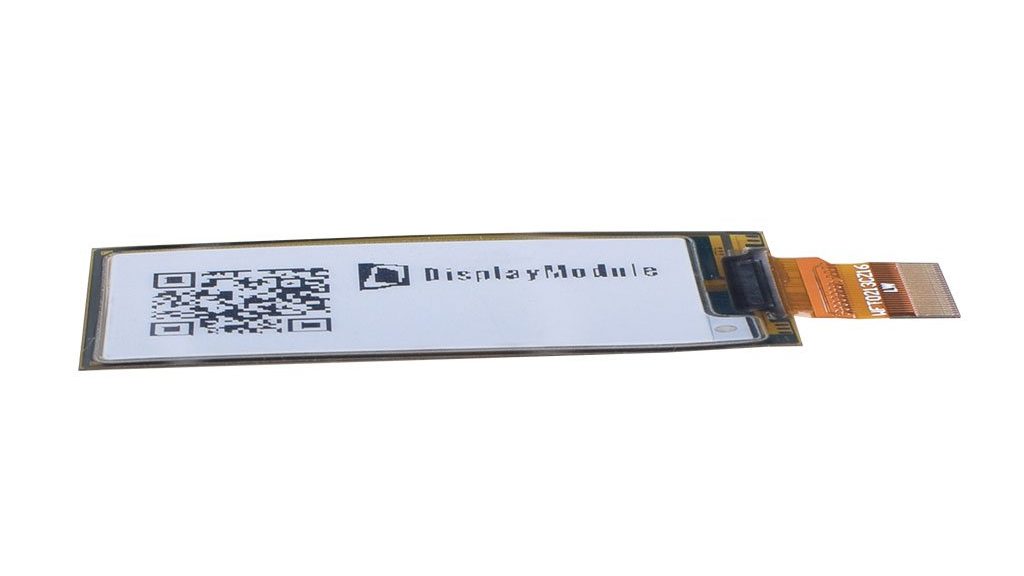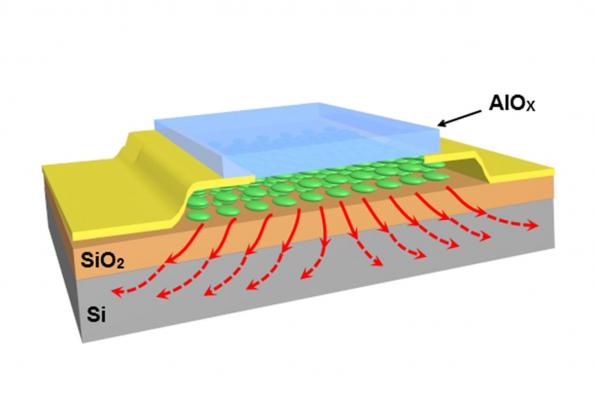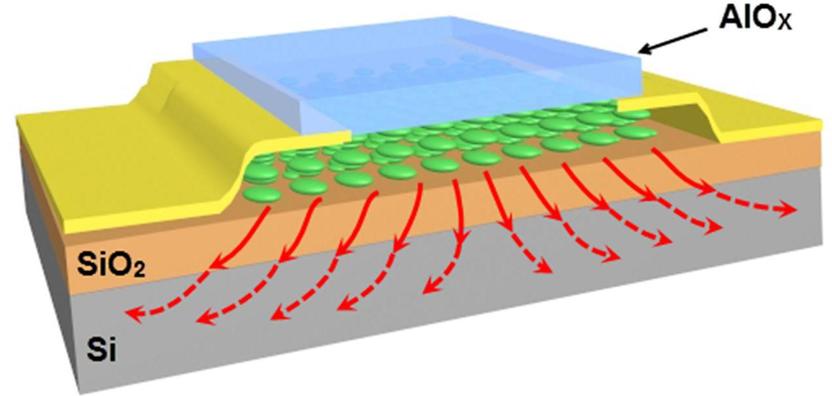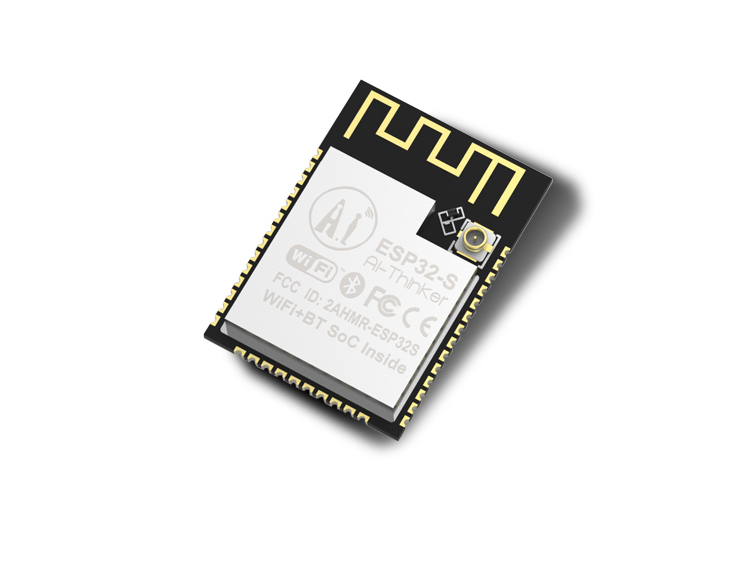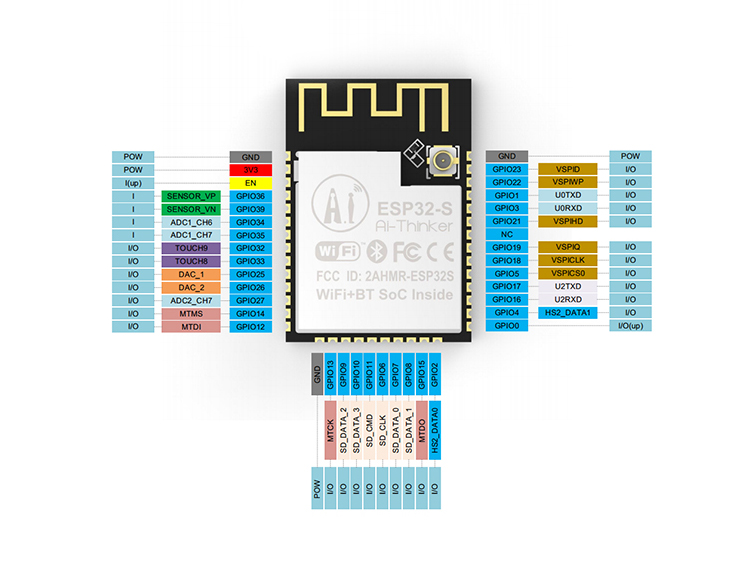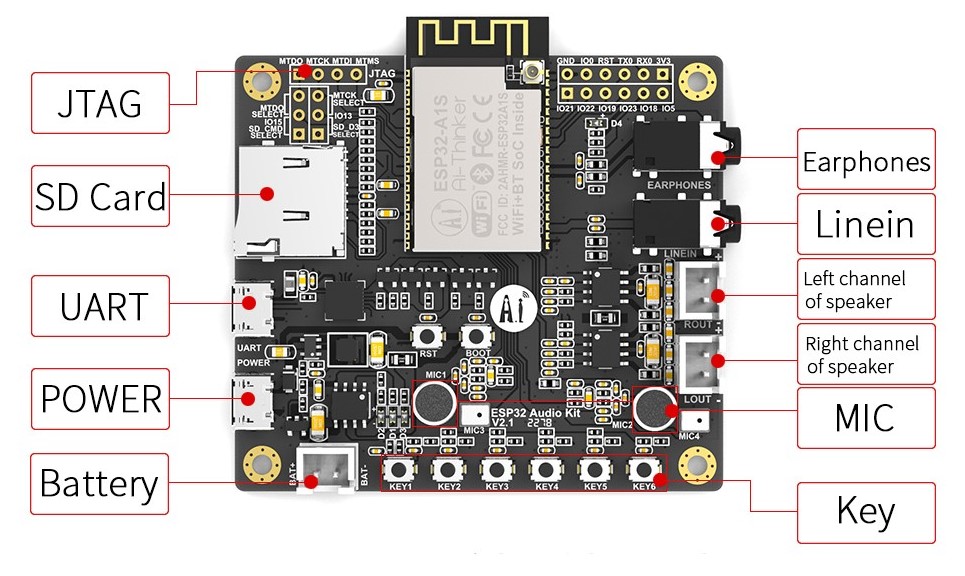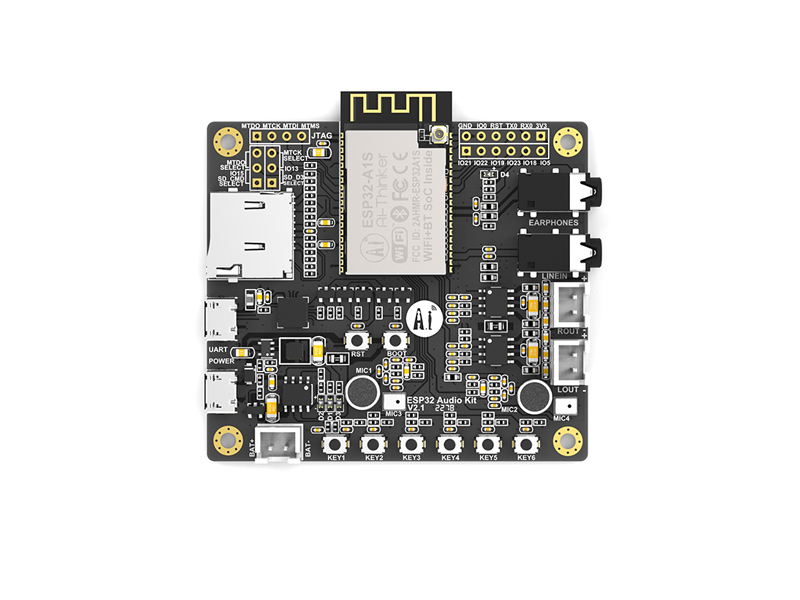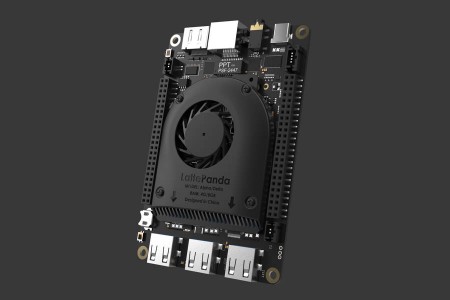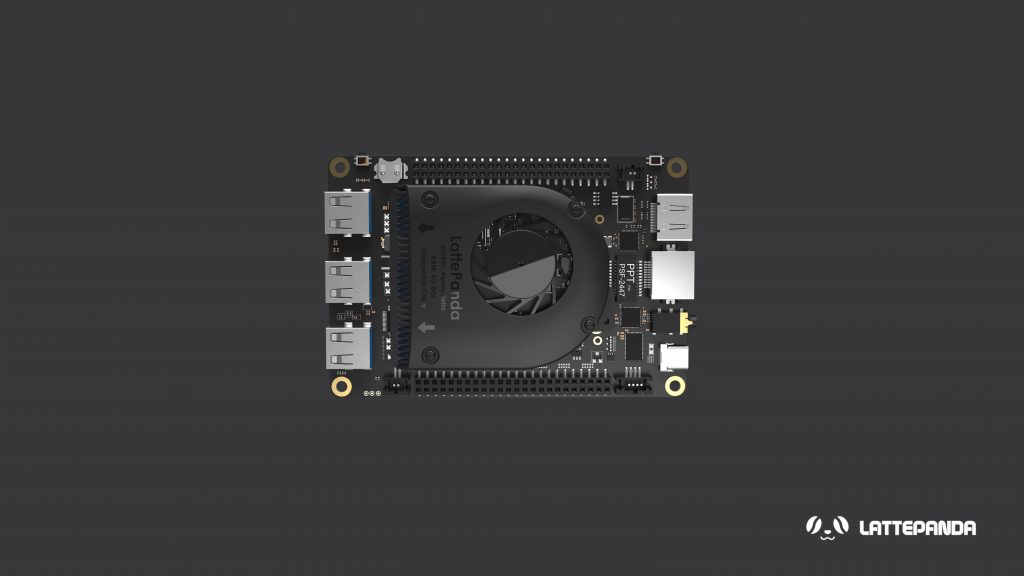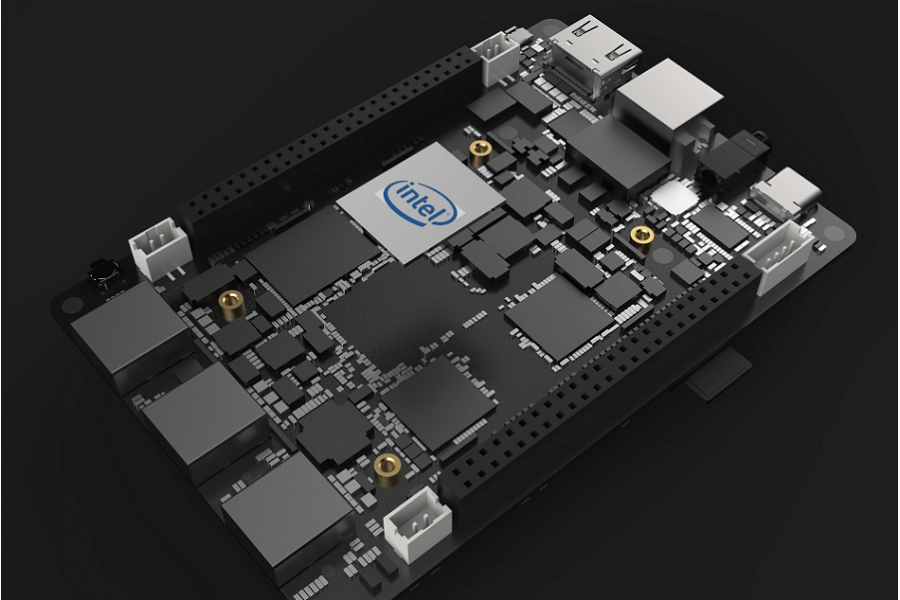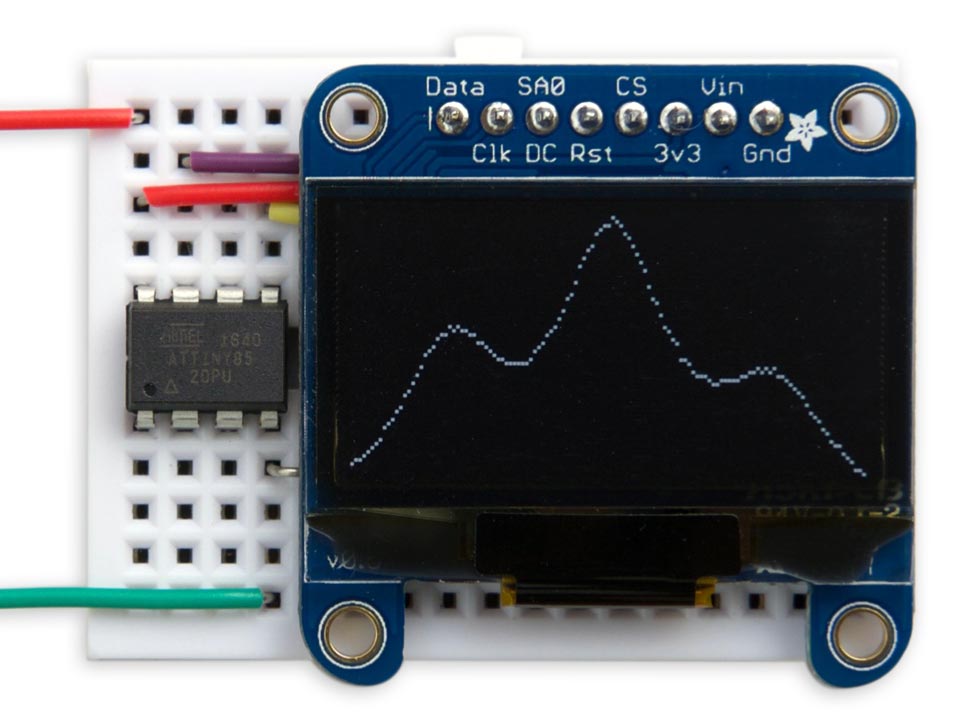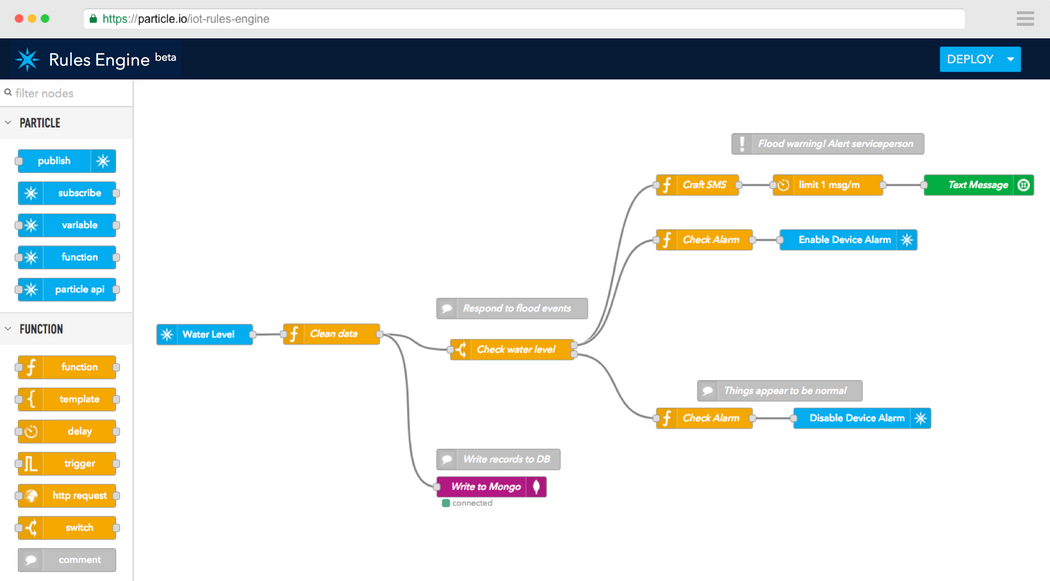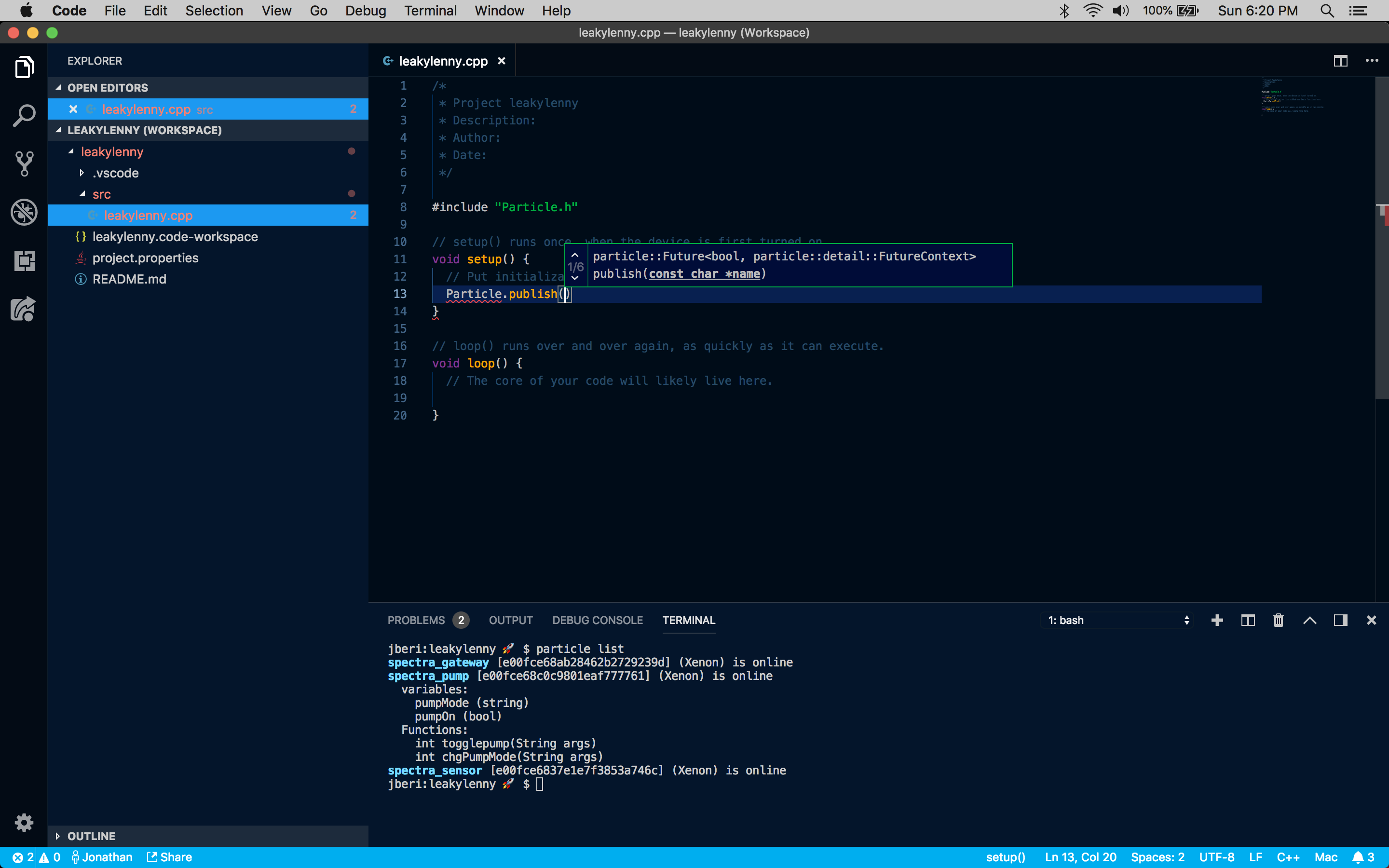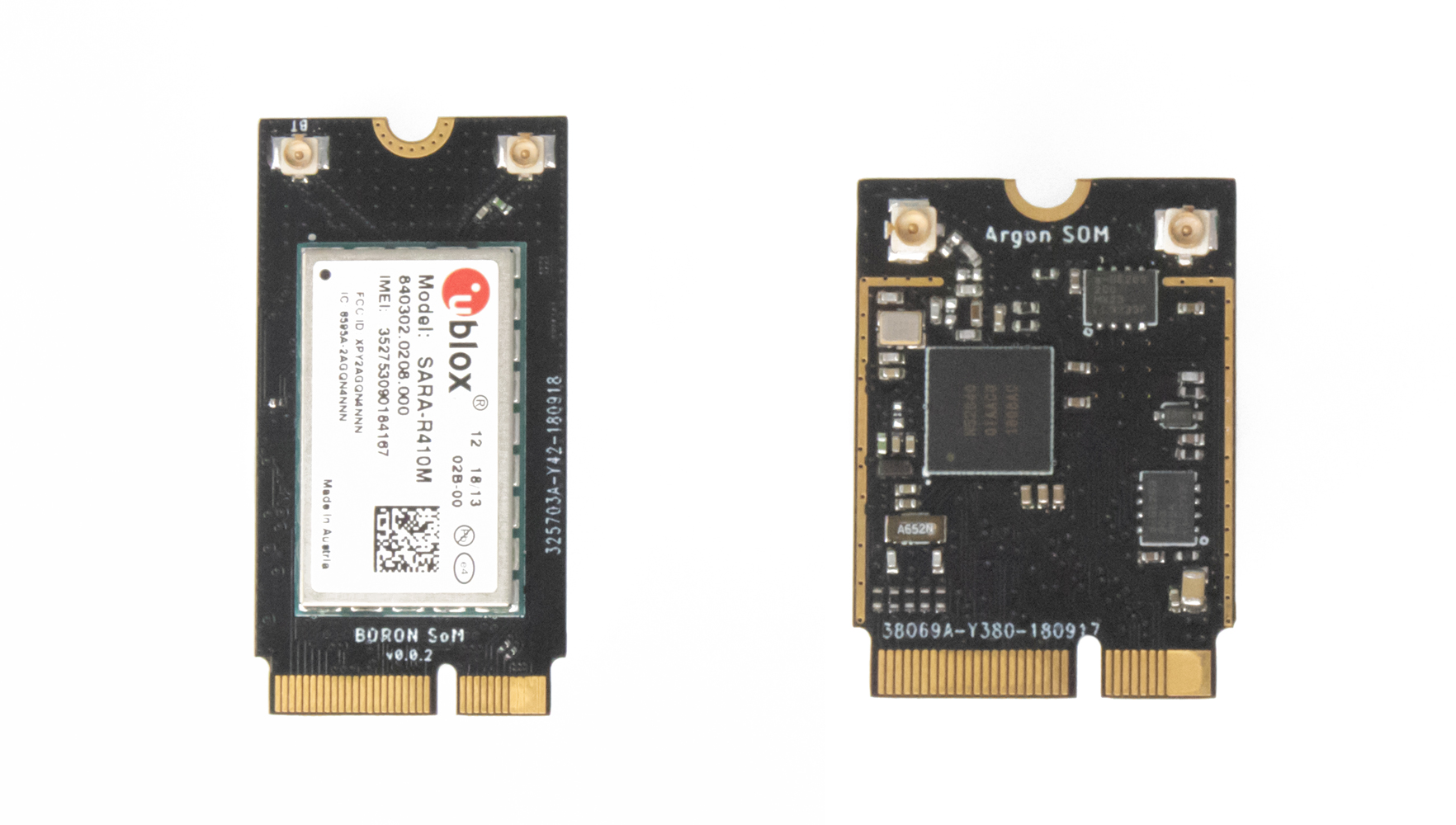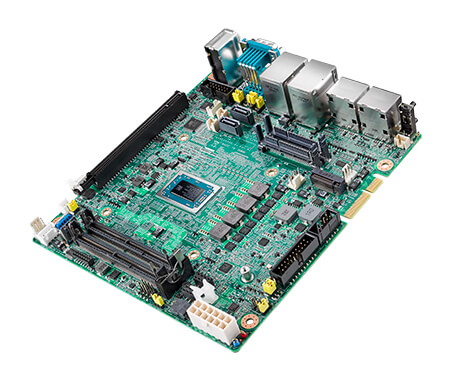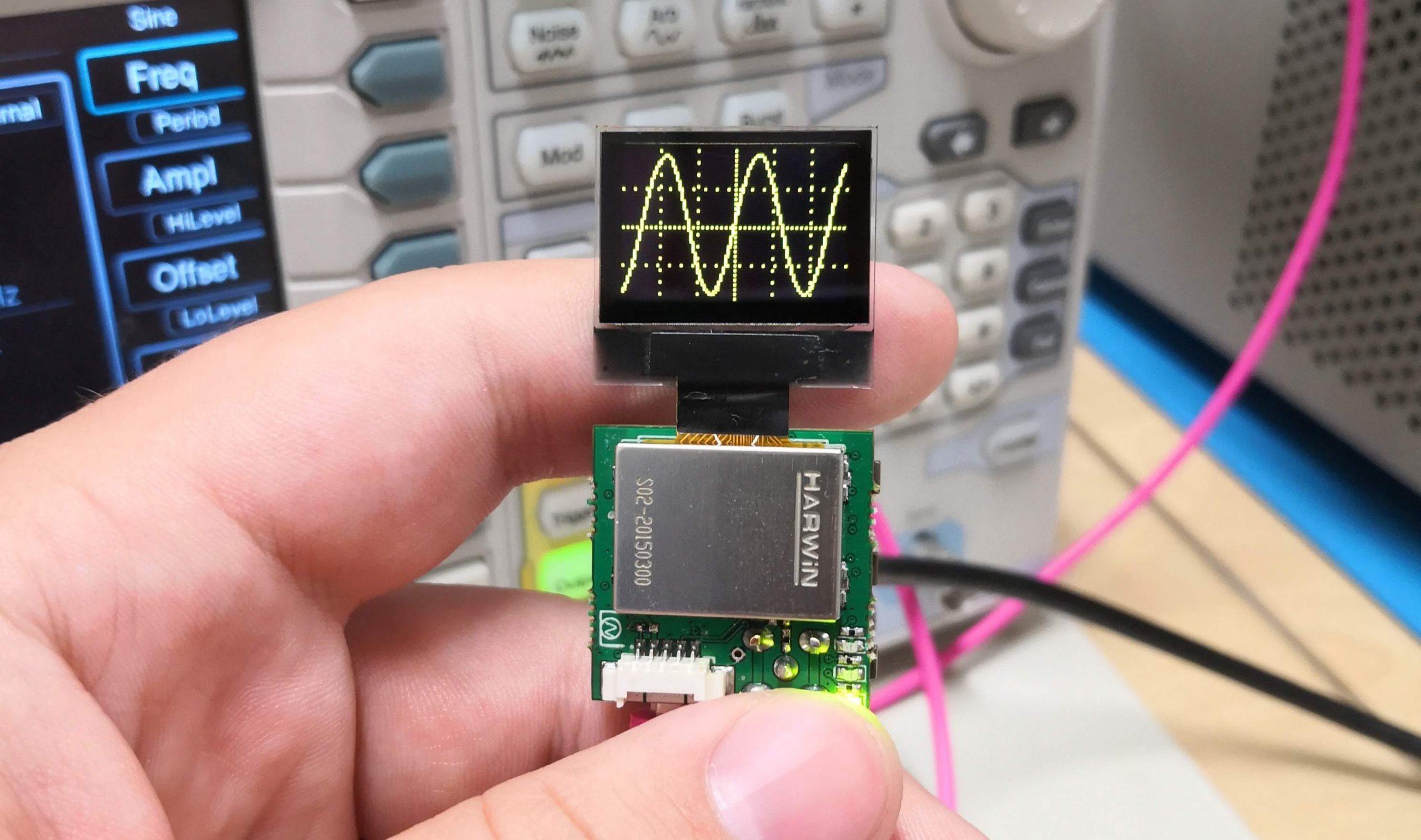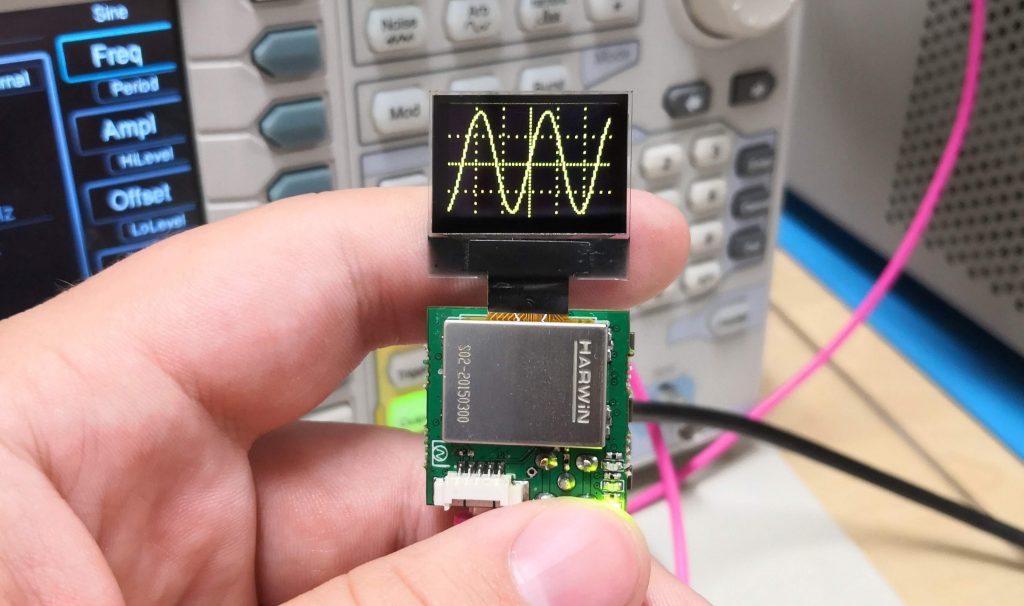STMicroelectronics has introduced two STM8* Nucleo development boards, letting the 8-bit world experience the ease of access and extensibility already proven with the STM32* Nucleo range.
Leveraging the formula that has kickstarted countless STM32 embedded projects, the STM8 Nucleo boards give full access to all STM8 MCU I/Os through ST morpho headers, and contain Arduino™ Uno connectors that simplify functional expansion by accessing the vast ecosystem of open-source Arduino-compatible shields.
The two STM8 Nucleo boards are supported by major development toolchains including the Cosmic IDEA toolchain, the IAR™ EWSTM8 Integrated development environment, and the free STVD IDE from ST. Support for convenient features like drag-and-drop Flash programming accelerates design iterations. Each board comes with an integrated ST-LINK debugger/programmer, which eliminates any need for a separate debug probe.
By adding these entry-level STM8 configurations, over 40 Nucleo boards are now available, covering the full spectrum of performance, power, and memory combinations across ST’s complete families of 8-bit and 32-bit microcontrollers. Product creation is fluid and flexible, conveniently connected to open-source hardware communities, with freedom to adjust or optimize hardware and software at any time thereby eliminating risk and helping minimize time to market.
The new NUCLEO-8S208RB and NUCLEO-8L152R8 boards (including 64-pin STM8S208 and STM8L152 microcontroller respectively) are available now, priced from $10.32.
Please contact your distributor or visit www.st.com/stm8nucleo for further information.


